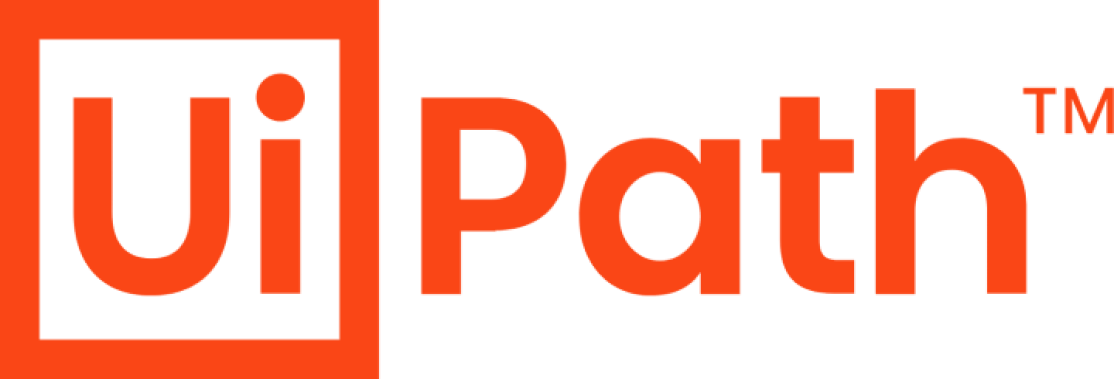
In this roundtable discussion regarding the transformation of business with AI, Cloud Wars analysts connect with Bobby Patrick, CMO of UiPath, to discuss the company’s focus on agentic automation, building on its existing successes with automation, and customers’ agent use cases.
Cloud Wars analysts — representing a tech buying committee — include CIO Kenny Mullican, Chief Procurement Officer Joanna Martinez, Startup Founder Toni Witt, and Tom Smith.
Highlights
Customer Benefits With Automation (1:50)
Customers have realized major benefits – think an ROI of 20x – within year one, making automation essentially self funding as they transform finance, HR, supply chains, and more. A great example is the US Department of Agriculture which has 120,000 employees using UiPath as their digital assistant; they’ve reallocated 550,000 hours of work and avoided $36 million in costs. The next era that UiPath sees is automating non-deterministic tasks that are more complex than those handled by robots. “Now we can go back to all these workflows and now address the complex tasks that our customers are saying, hey, I really need those automated,” Patrick says.
Customers Building Agents (8:46)
Some UiPath customers have begun building their own agents. One example is Novo Nordisk, a user of robots and automation that required manual oversight by human workers, which they wanted to reduce. So they applied LLMs to their robots to provide agentic capabilities. Customers should view robots as low-skilled digital workers and agents as high-skilled digital workers.
UiPath’s Agent Technology (15:10)
UiPath’s goal is to enable people to build agents fast. To do so, it will leverage its developer community of over 3 million people who also know how to use UiPath orchestration technology. The new Agent Builder will be a part of UiPath Studio, enabling all those developers to start building agents and orchestrate and maintain them alongside robots. The only way to run agents at scale, as with robots, is to have strong orchestration; UiPath is transitioning and upgrading its process orchestration capabilities to orchestrate agents, robots, humans, and models across an enterprise. What’s unique to UiPath – and differentiated from Microsoft or Salesforce – is that those vendors operate in a homogenous stack while UiPath functions as a Switzerland.

AI Agent & Copilot Summit is an AI-first event to define opportunities, impact, and outcomes with Microsoft Copilot and agents. Building on its 2025 success, the 2026 event takes place March 17-19 in San Diego. Get more details.
Relationship with SAP (26:00)
A large percentage of UiPath’s global customers have built their businesses around SAP software. In the past, SAP moved into the RPA space, having built robotic capabilities almost exclusively within the SAP stack. A few years ago, it recognized the need for a multi-application capability like that of UiPath. Now the SAP and UiPath are working together to meet customer needs. “This is huge for us. It’s a huge distribution increase…to a large base of customers that we don’t talk to directly,” Patrick says.
Governance, Safety, and ‘Controlled Agency’ (28:29)
Patrick broke down the concept of “controlled agency:” there will be some level of freedom given to agents, albeit with guardrails in place. UiPath will provide prompt auto-tuning, RAG capabilities, and agent testing so customers can be confident they’re operating within guardrails. “We’re going to be the leader in this controlled agency that helps provide that kind of reliability and security and comfort you need but allow us the freedom to put LLMs where it makes sense…to drive AI transformation.”
AI Positioning (31:28)
While UiPath has built its own autopilot, it integrates with third-party Copilots as well. “Whatever front ends you want to interact with…we’re going to be very open about that,” he says. Patrick explained how offerings now have to go beyond capabilities for individual tasks; they have to be able to scale or perform more complex tasks. Providers need to demystify and make it easier for people to deploy AI models at scale and get through the security barriers that are worrying them right now – something that UiPath is doing.
Customer Success (40:44)
Patrick provided a marketing example that exemplified the success UiPath is seeing in its customers. Specifically, he shared the customer story of Dentsu. It saved “hundreds of thousands of hours” as it was able to cut continuous or repetitive tasks using the robotic side of automation.
Closing out the conversation, Patrick says, “This is a time to really get excited about what the opportunity here can be.” Employees everywhere are applying these new technologies for various purposes. But Patrick pointed out that, “the real transformation is going to be to do this within enterprise work, within workflows.”









